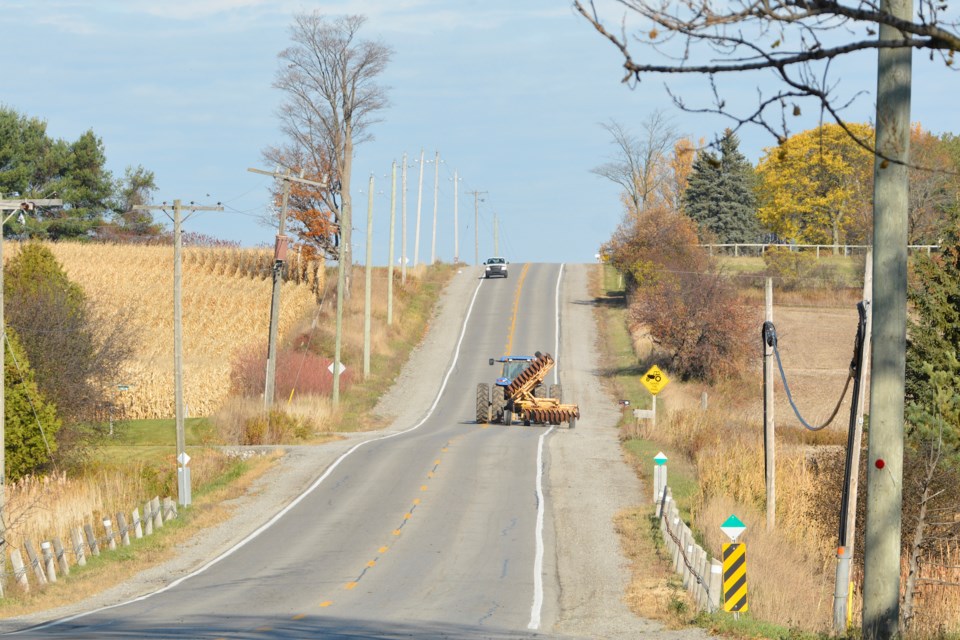It’s always cold. Nothing grows there. Everyone speaks French. There are no youths. And it’s isolating and remote.
Of the myths perpetuated about Northern Ontario, these are the top five that are preventing more producers from farming in the north, according to university researcher Dr. Sara Epp.
“It’s a really complicated thing if we’re talking about myths versus reality, because some of these myths are very much entrenched in the general public’s understanding,” said Epp, an assistant professor in rural planning and development at the University of Guelph.
Epp presented her findings during the Northern Ontario Farm Innovation Alliance's (NOFIA) Producer Research Day, held online Feb. 16. The virtual event featured a selection of agricultural research being done in Northern Ontario.
“We know that perceptions are absolutely impacting reality because it is stopping some people from either getting into agriculture if they’re already in the north or committing to that move to get to the North. So how do we overcome this?”
In the ongoing efforts to expand and strengthen the North’s agricultural industry, Epp’s work aims to identify barriers to growth and address them, building on research first begun at the Université de Hearst.
Study proponents polled farmers located along the Highway 11 corridor between Hearst and Cochrane, as well as provincial and municipal representatives and prospective farmers in southern Ontario considering a move north.
“Much of what we found within that research is quite applicable across Northern Ontario,” and many of the barriers they discovered are inherent in the industry, Epp said.
Researchers found that a major economic barrier is the higher cost of farming in the North.
Farmers are more likely to travel farther to access a seed supplier, or to ship cattle for finishing or processing, for example, increasing the time involved as well as the cost of trucking or shipping, Epp explained.
“That has happened quite a bit where the capacity of services aren’t necessarily directly where the farmers are,” she said. “Depending where you are in the North, that distance can be quite significant.”
Farmers conducting direct sales found they had limited access to markets, but Epp believes that barrier may diminish over time as capacity builds in the North.
The significant social barrier perceived by participants is a sense of isolation, which came largely from those considering a move north.
Participants expressed concern that there would be a lack of job opportunities for their partners if they moved north, and that they wouldn’t have access to a farming community they could connect with.
“The broader community itself, as well, maybe was a bit limiting, and access to services – things like doctors, or recreational facilities for their children – were viewed as being quite limiting,” Epp said.
Those already living and farming in the north didn’t share those concerns, she added.
Perhaps the biggest perceived barriers from those considering the move north are environmental.
Participants believe it’s always cold in the North, there’s a shorter growing season, and the spectrum of crops that can be successfully grown is quite limited, Epp said.
Though the economic barriers are “absolutely a serious concern and will continue to be a lingering concern as capacity is building in the North,” Epp said, the social and environmental barriers seem to be based more on perception than reality.
Now the job is to educate prospective farmers in order to reshape how they view agriculture in the North.
Epp said toolkits with resources, suggestions and strategies have now been developed so that anyone making the case for farming in Northern Ontario – farmers, municipalities, or the province – can work to overcome those barriers and identify opportunities instead.
All are easily achievable and can be applied to communities across the North, Epp said.
“I think it’s useful for new entrants into agriculture – those considering a move to the North – and agencies or municipalities to understand what are those myths that have been perpetuated about your community and how you can overcome them because they do have some pretty significant impacts,” she said.
“It’s important to showcase the uniqueness the north has to offer.”
Follow-up work includes hosting webinars and in-person workshops (once travel resumes) to further share the research, as well as developing whiteboard videos that can be used to guide stakeholders on strategies for overcoming the barriers discovered through Epp’s research.



